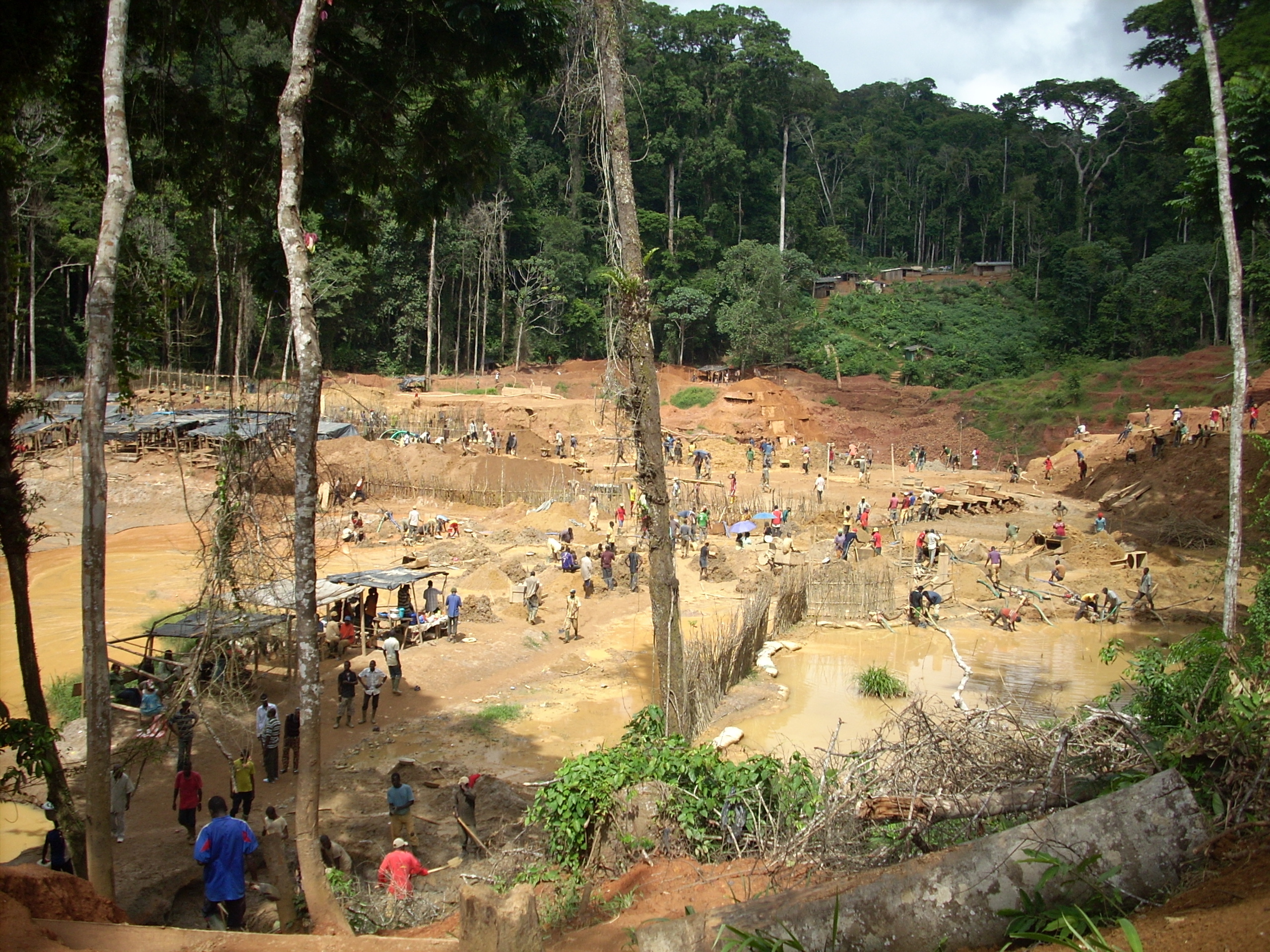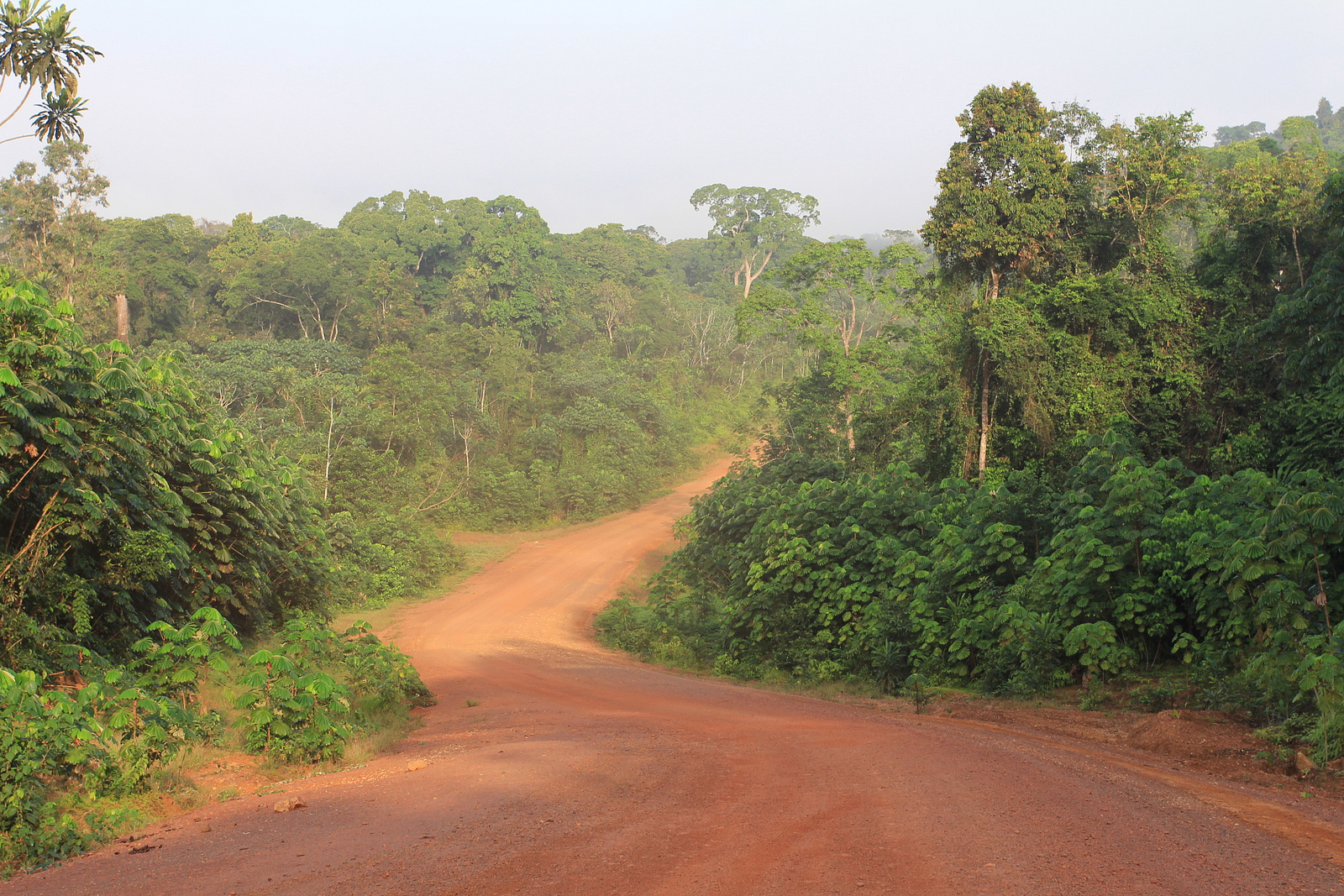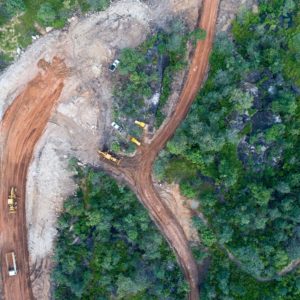Date: 2017 – 2019
Client: The Program on Forests (PROFOR), hosted by the World Bank
Collaboration: Fauna & Flora International, Swedish Geological AB
Raw materials: all ASM minerals, excluding coal and development minerals
Location: Bolivia, Colombia, DRC, Ecuador, Ghana, Indonesia, Liberia, Madagascar, Mongolia, Suriname, Sweden and Ukraine
Context:
The Program on Forests (PROFOR), hosted by the World Bank Group since 2002, supports in-depth analysis, innovative processes, knowledge-sharing and dialogue for better decisions on issues related to forest management, by client countries and international stakeholders alike. Well-managed forests have the potential to reduce poverty, improve land productivity, create diverse and alternative livelihoods, contribute to a healthy local and global environment, and sustain biodiversity and ecosystem services.
The expansion of commercial and subsistence agriculture is the main driver of deforestation worldwide, responsible for about 80 percent of forest loss. The extractive industries, however, also contribute to deforestation, at about 5 percent globally. A key activity for PROFOR is identifying and addressing the impacts extractive industries have on forests. Impacts can be both direct and indirect, linked to the establishment of infrastructure to support mine operations, labour forces and the commercialisation of minerals, such as rails and roads, settlements, and agriculture. By examining these impacts, PROFOR hopes to bring clarity to situations related to the mitigation of risks and remediation of impacts associated with extraction in forested areas.
The Challenge:
Historically, minerals and forests have been subject to distinct development strategies and governance systems. It has been assumed their uses have rarely conflicted; the relative abundance of each has meant that trade-offs have been possible. The situation is different today. Population growth and technological advancements have resulted in ever-higher demand for natural resources. Forests in developing countries are subsequently receding at a rate exceeding their potential for natural replenishment, with a resulting loss of biodiversity and ecosystem services. A proliferation in the applications for minerals, and therefore rapidly increasing demand, has intensified the spread of mining into forested landscapes. “Forest-smart” implies the following:
1. Acknowledging the inter-linkages between forests and other land uses
2. Adopting a development trajectory through an integrated landscape approach that will avoid or minimize adverse impacts on forest ecosystems and their biodiversity
3. Proactively seeking win-win solutions where the above points are fully integrated in the design of the interventions
While some progress has been made in applying forest-smart approaches to aspects of large-scale mining (LSM), challenges remain. For artisanal and small-scale mining operations, which are typically informal or illegal and lack the capacity (and incentives) to mitigate their impacts, the challenges for applying forest-smart approaches are considerable.

The Solution:
In 2017, the PROFOR contracted Levin Sources, as lead of a consortium of expert organisations including Fauna & Flora International and Swedish Geological AB, to produce case studies on the impacts of extractive industries in several countries across four continents. The study recognises the diversity of impacts associated with both Large-scale Mining (LSM) and Artisanal and Small-scale Mining (ASM) – the impacts of the latter being largely understudied. Two studies were therefore undertaken in order to draw lessons on ‘forest-smart mining’:
- LSM in forest landscapes;
- ASM in forest landscapes.
Levin Sources undertook a series of case studies to identify and analyse good and bad practices of ASM in forest landscapes. Central questions to the study were:
- What are the conditions that must be in place for ‘forest-smart’ ASM to be possible?
- What mechanisms have been implemented to achieve ‘forest-smart’ ASM across the world and have they been successful?
The studies consist of a global examination of current mining practices taking place in forested areas, using spatial analysis, followed by an assessment of what constitutes international best and worst practices through specific case studies across the world. The lessons learned from these studies are expected to inform the World Bank Group and its client countries on how to manage their extractives sectors better in relation to forest conservation.

Results:
Global mapping of ASM and forests confirmed that the location of ASM is driven by geology and the presence of mineralisation and revealed no evidence of a tendency for ASM to actively target forest areas. Certain types of mineral deposits are found in tropical regions; therefore, they are more likely to overlap with tropical forests, particularly in forest hotspots such as the Amazon and Congo Basins.
ASM is expected to continue to respond to demand for high-value minerals and to fluctuations in commodity prices, such as that of gold. While ASM is associated with poverty, it is ultimately driven by demand for minerals (local and international) and is increasingly the subject of capital investment, resulting in a transition to ever more mechanisation and destructive forms of ASM in some places.
ASM falls under a variety of international regulations and guidance, including the Minamata Convention on Mercury, the Organisation for Economic Cooperation and Development (OECD) Due Diligence Guidance for Responsible Supply Chains of Minerals from Conflict-Affected and High-Risk Areas, and regional frameworks (Africa Mining Vision, Southern African Development Community protocol on mining). However, environmental, and specifically forest-related, considerations do not feature strongly in such guidance.
Various African countries have promulgated ambitious regulatory frameworks for ASM, as have, for example, Ecuador, Peru, the Philippines, and Mongolia. ASM is also partly addressed in LSM industry frameworks, for example the International Council on Mining and Metals (ICMM) and the Initiative for Responsible Mining Assurance (IRMA), and by responsible sourcing initiatives such as Fairtrade, Fairmined, and the Responsible Jewellery Council (RJC), but again, with limited scope for incentivising better forest management. Some mechanisms and tools for managing ASM in forests have been developed and tested, including the designation of ASM zones, the management of ASM in protected areas, and the frugal rehabilitation of ASM mine sites, but these are typically piecemeal and infrequently applied. No comprehensive guidance exists on the management of ASM in forest landscapes.
Collectively, the data provided a rich source of contextual variation at national and site levels (macroeconomic conditions, mining and forest policy, land tenure systems, sector organisation, target minerals, deposit type, mining methods, interactions with LSM and other economic sectors) and facilitated an appreciation for the diversity of the forms of ASM and of the conditions and mechanisms influencing the forest outcomes of ASM.
For each case study, lessons learned were identified in relation to ASM’s impacts on forests, barriers to forest-smart ASM (political/economic or governance), and solutions and mechanisms for promoting forest-smart ASM.
Sign up to our newsletter to find out more about our work in Mining and the Environment, or contact us.



